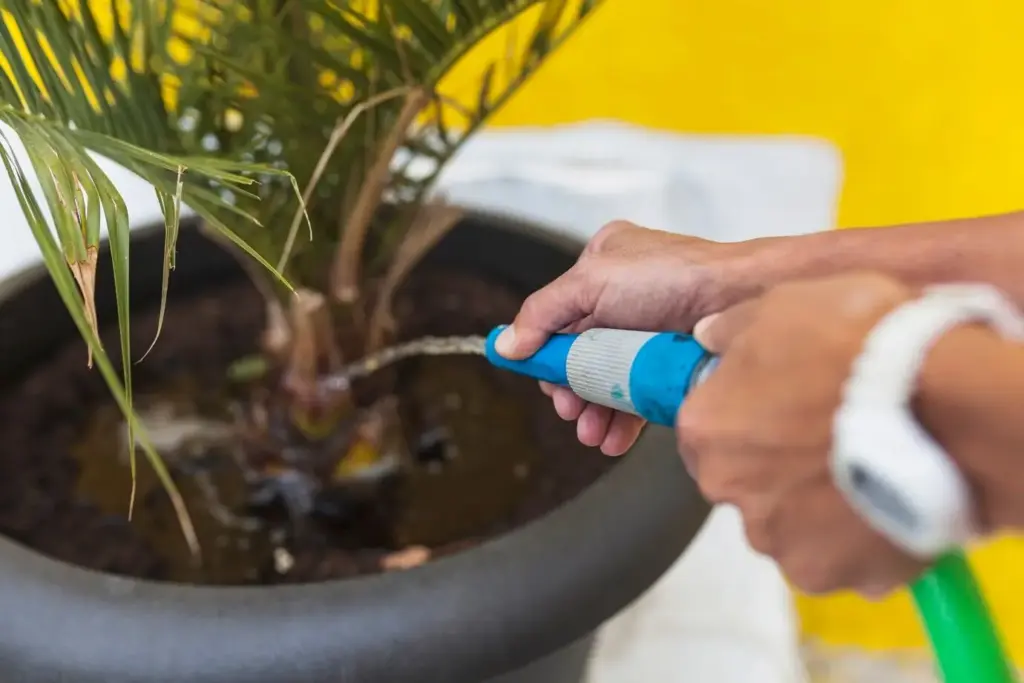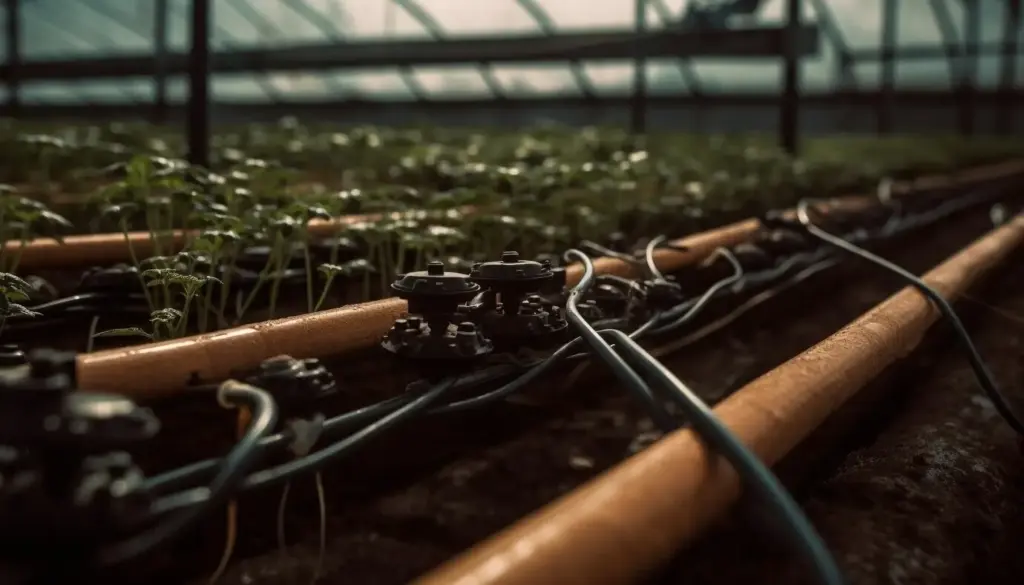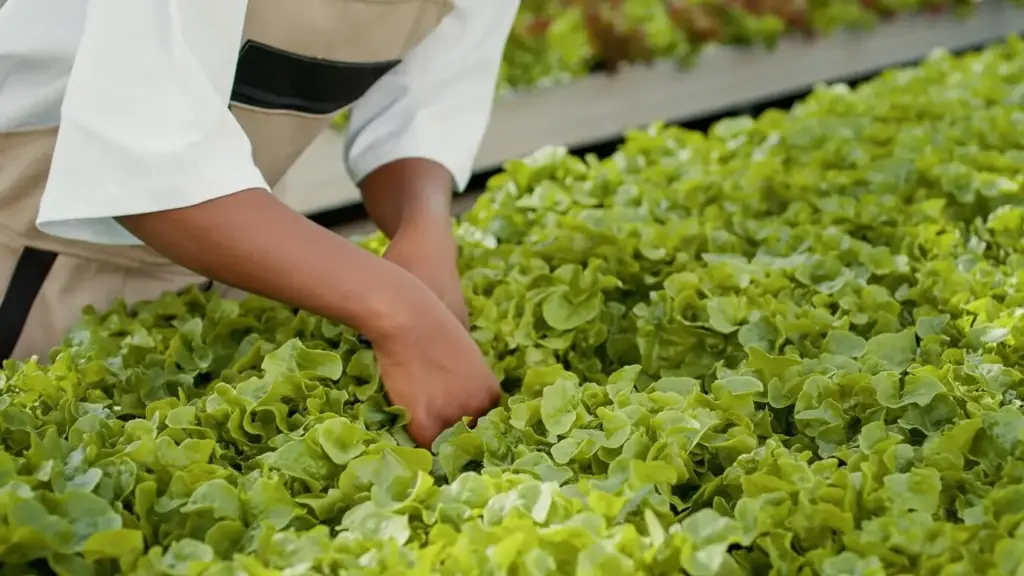Effortless Watering for Thriving Vegetables



Plan the Layout Like a Pro

Select Reliable Components
Master Pressure and Water Sources
Hose Bibs, Wells, and Rain Barrels
Right-Size the Pressure Regulator
Prevent Siphoning and Backflow
Install in Raised Beds and Rows
Raised Beds: Clean, Contained, and Simple
In-Ground Rows: Straight Runs that Deliver
Automate Watering with Confidence
Mechanical Versus Smart Timers
Mechanical timers are rugged and straightforward, perfect for beginners. Smart Wi‑Fi models add weather adjustments, flow monitoring, and notifications when something leaks or zones fail. Choose according to your comfort level, remembering that consistency beats complexity, especially during hectic weeks filled with work, travel, and harvest tasks.
Dialing In Schedules by Season
Spring seedlings crave gentle, frequent moisture, while mature summer plants prefer deeper, less frequent soaks that encourage strong roots. As autumn cools nights, scale back. Keep a simple log to track settings and results, improving confidence and eliminating guesswork when temperatures swing wildly between weeks.
Rain Skips, Manual Overrides, and Checks
Use rain delays to pause watering after storms, and rely on manual overrides during heatwaves when lettuces wilt by noon. A weekly five-minute walk-through catches kinked lines, broken stakes, and clogged emitters. Those quick checks preserve yields and protect all the careful planning you invested earlier.
Maintain, Troubleshoot, and Winterize
Proven Results and Real Stories
Water Savings You Can Measure
Track your utility bill or rain barrel drawdowns before and after installation. Many see thirty to fifty percent reductions by targeting roots instead of wetting pathways. Those savings fund better soil amendments, stronger trellises, or the smart timer you’ve wanted since last summer’s hectic, forgetful heatwave.
Healthier Soil, Happier Plants
Drip watering preserves soil structure, reduces compaction from frequent foot traffic, and limits foliar diseases by keeping leaves dry. Worms stay active, roots explore deeper, and mulch actually mulches instead of floating away. Over a season, these small advantages compound into steadier growth and noticeably richer garden aroma.
Harvests that Tell the Story
Consistent moisture turns bitter lettuce into tender salads and prevents tomato blossom end rot. Peppers fill out instead of stalling, and cucumbers stop producing those hollow, disappointing fruits. Take simple notes, compare weights across weeks, and you’ll see how quiet drips write happier stories in every basket.

All Rights Reserved.